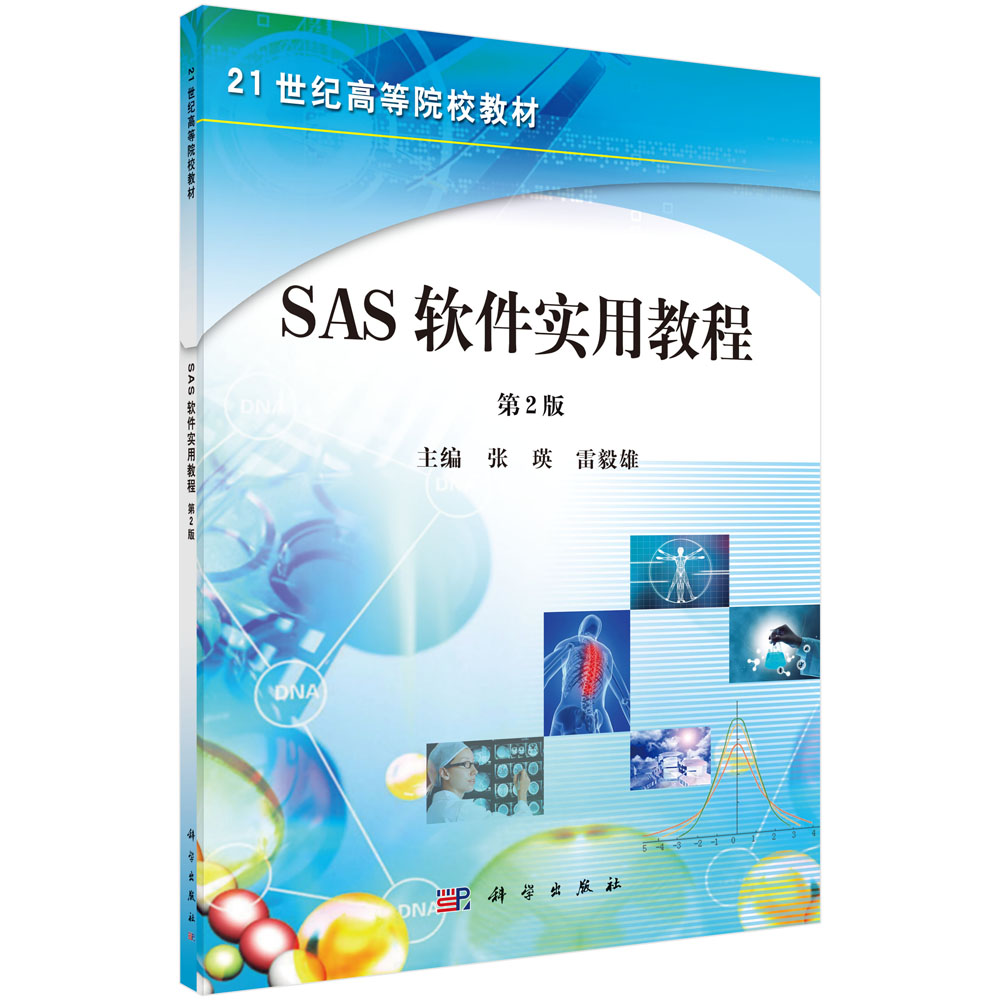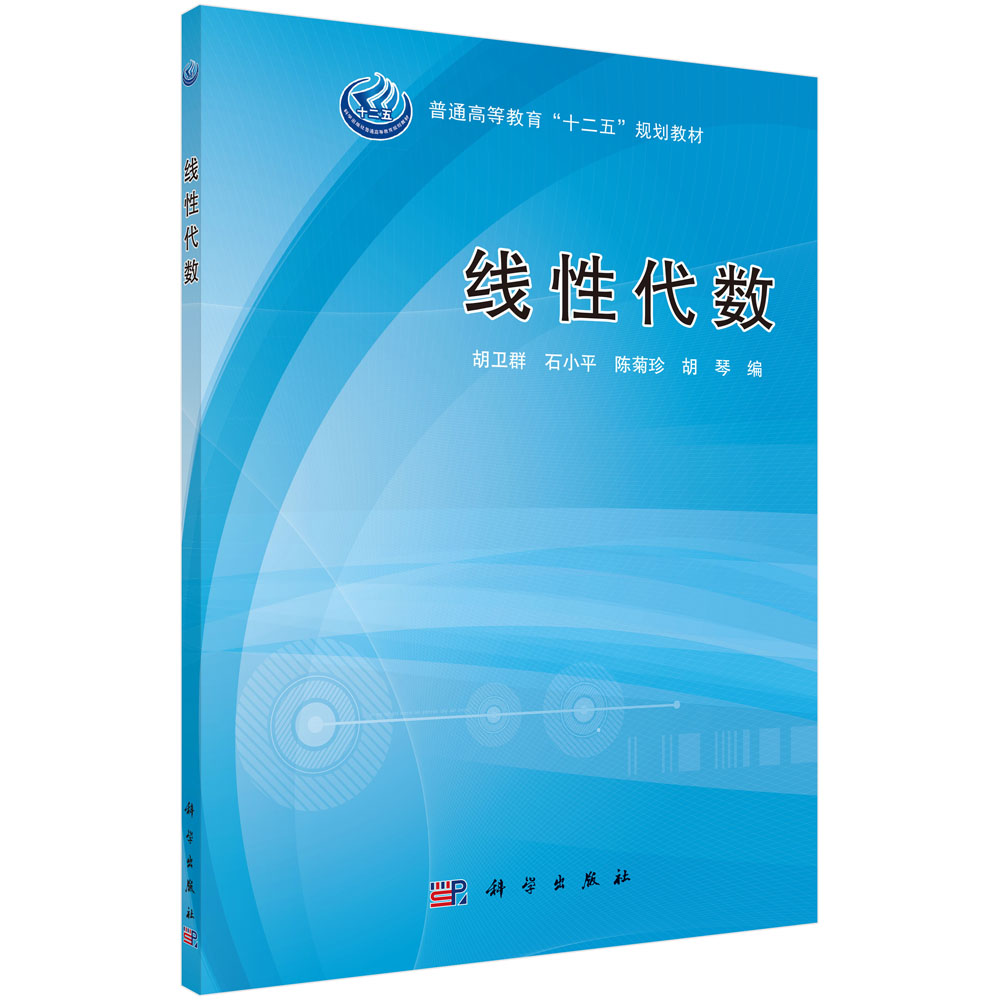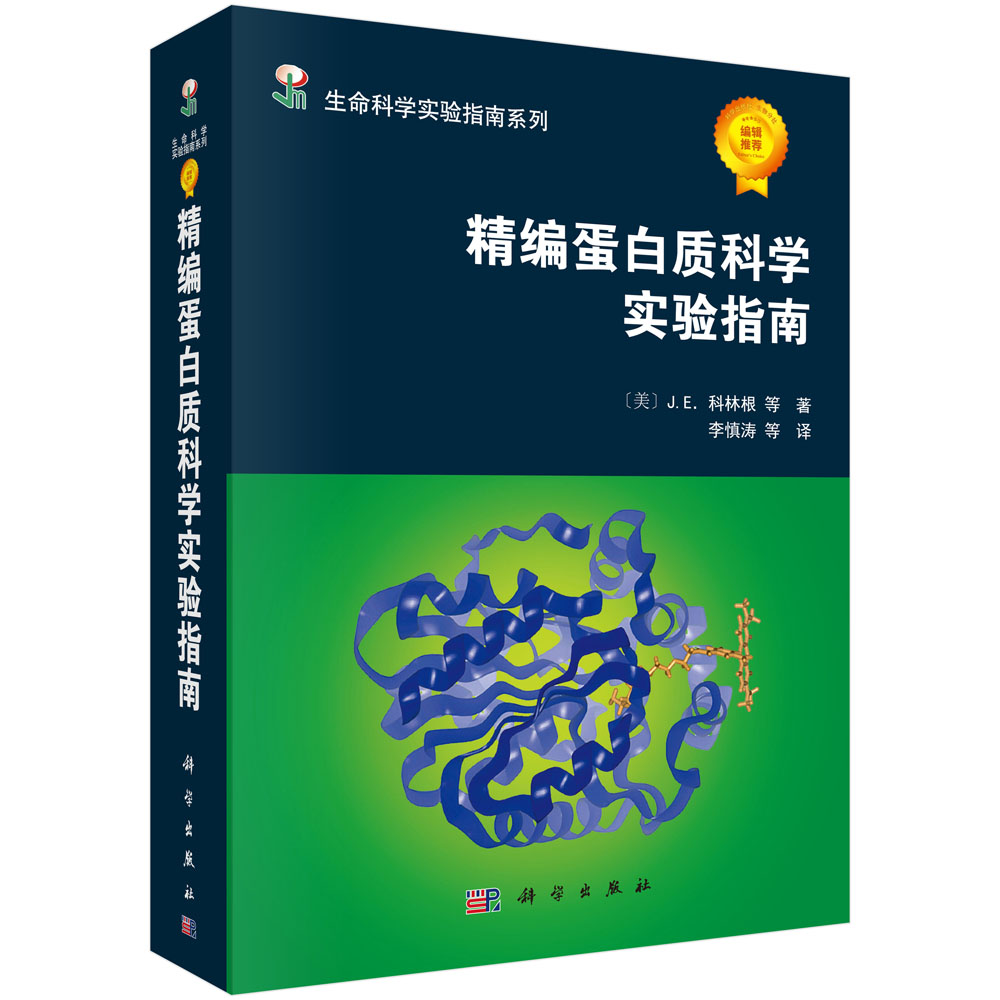本书在对巢湖流域河流、湖泊、水库等水体水生态全面调查的基础上,分析了水生态产生的自然地理基础和水生态功能演化的驱动机制,提出了巢湖流域一级~四级水生态功能分区的指标体系和分区方案,分析阐明了各分区的自然地理、水生态和水环境时空特征和分异规律及存在的问题,评价揭示了各分区生态服务功能、水生态健康和底栖动物完整性。本研究成果可为巢湖流域水质改善,水生态恢复、保护与管理提供科学依据。
样章试读
目录
- 目录
前言
第1章 水生态功能分区的概念及其与现有分区的关系 1
1.1 水生态功能分区背景 1
1.2 水生态功能分区的概念与内涵 5
1.3 相关分区辨析 7
1.4 水生态功能分区的国内外现状 11
参考文献 14
第2章 巢湖流域水生态产生的基础 17
2.1 地质地貌 17
2.2 气候 20
2.3 土壤与植被 24
2.4 水文 26
2.5 水系 28
2.6 水生态现状 37
参考文献 46
第3章 水生态功能的驱动机制 49
3.1 沉积物重金属 49
3.2 污染排放 54
3.3 社会经济发展 58
3.4 土地利用变化 63
参考文献 69
第4章 水生态功能分区指标筛选 71
4.1 指标选取依据 71
4.2 一级分区指标筛选 71
4.3 二级分区指标筛选 75
4.4 三级分区指标筛选 78
4.5 四级分区指标筛选 86
参考文献 93
第5章 巢湖流域水生态功能分区方案 97
5.1 分区指标体系 97
5.2 分区方法 99
5.3 分区结果的验证 104
5.4 分区的编码与命名 104
5.5 分区方案 106
参考文献 121
第6章 水生态功能一级~三级分区特征 122
6.1 一级水生态功能分区特征 122
6.2 二级水生态功能分区特征 134
6.3 三级水生态功能分区特征 149
参考文献 222
第7章 河段水生态系统类型特征 223
7.1 缓流城镇岸带低蜿蜒度河流 224
7.2 缓流农田岸带低蜿蜒度河流 227
7.3 缓流农田岸带高蜿蜒度河流 230
7.4 缓流森林岸带低蜿蜒度河流 233
7.5 急流城镇岸带高蜿蜒度河流 235
7.6 急流农田岸带低蜿蜒度河流 238
7.7 急流森林岸带低蜿蜒度河流 240
7.8 急流森林岸带高蜿蜒度河流 243
7.9 水库 246
7.10 小型湖泊 248
7.11 大型湖泊 250
第8章 基于水生态功能分区的生态服务功能 252
8.1 评估方法 252
8.2 评估结果 253
8.3 结论与讨论 277
参考文献 278
第9章 基于水生态功能分区的水生态健康评价 281
9.1 评价方法 281
9.2 评价结果 283
参考文献 331
第10章 大型底栖动物完整性评价 332
10.1 评价方法 332
10.2 IBI评价结果 341
10.3 与水质因子相关分析 342
10.4 分类回归分析 343
参考文献 348
Contents
Preface
Chapter 1 Concepts of aquatic eco-function regions and its relationships with current studies 1
1.1 Background of aquatic eco-function regions 1
1.2 Concepts and connotations of aquatic eco-function regions 5
1.3 Overview of relevant regions 7
1.4 Recent progresses of aquatic eco-function regions 11
References 14
Chapter 2 Geography, environment and ecology of Chaohu Basin 17
2.1 Geology and geomorphology 17
2.2 Climate 20
2.3 Soil and vegetation 24
2.4 Hydrology 26
2.5 River systems 28
2.6 Aquatic ecosystem 37
References 46
Chapter 3 Change drivers of aquatic eco-function 49
3.1 Heavy metals in sediment 49
3.2 Pollution load 54
3.3 Social-economy 58
3.4 Land use changes 63
References 69
Chapter 4 Index selection for aquatic eco-function regions 71
4.1 Principles of index selection 71
4.2 Index selection for level Ⅰ region 71
4.3 Index selection for level Ⅱ region 75
4.4 Index selection for level Ⅲ region 78
4.5 Index selection for level Ⅳ region 86
References 93
Chapter 5 Aquatic eco-function regions of Chaohu Basin 97
5.1 Index system 97
5.2 Methodology 99
5.3 Validation 104
5.4 Code and denomination 104
5.5 Aquatic eco-function regions 106
References 121
Chapter 6 Characteristics of aquatic eco-function regions 122
6.1 Characteristics of level Ⅰ region 122
6.2 Characteristics of level Ⅱ region 134
6.3 Characteristics of level Ⅲ region 149
References 222
Chapter 7 Ecological characteristic of water bodies typologies 223
7.1 Reaches with slow flow, low sinuosity and urban riparian zone 224
7.2 Reaches with slow flow low sinuosity and farmland riparian zone 227
7.3 Reaches with slow flow, high sinuosity and farmland riparian zone 230
7.4 Reaches with slow flow, low sinuosity and woodland riparian zone 233
7.5 Reaches with rapid flow, high sinuosity and urban riparian zone 235
7.6 Reaches with rapid flow, low sinuosity and farmland riparian zone 238
7.7 Reaches with rapid flow, low sinuosity and woodland riparian zone 240
7.8 Reaches with rapid flow, high sinuosity and woodland riparian zone 243
7.9 Reservoirs 246
7.10 Small lakes 248
7.11 Large lakes 250
Chapter 8 Ecosystem services of aquatic eco-function regions 252
8.1 Methods 252
8.2 Results 253
8.3 Discussions and conclusions 277
References 278
Chapter 9 Ecological health assessment of aquatic eco-function regions 281
9.1 Methods 281
9.2 Results and conclusions 283
References 331
Chapter 10 Evaluation of ecological integrity based on benthic macroinvertebrates 332
10.1 Methods 332
10.2 Results 341
10.3 Relationships with water quality 342
10.4 Classification and regression trees analysis 343
References 348





























